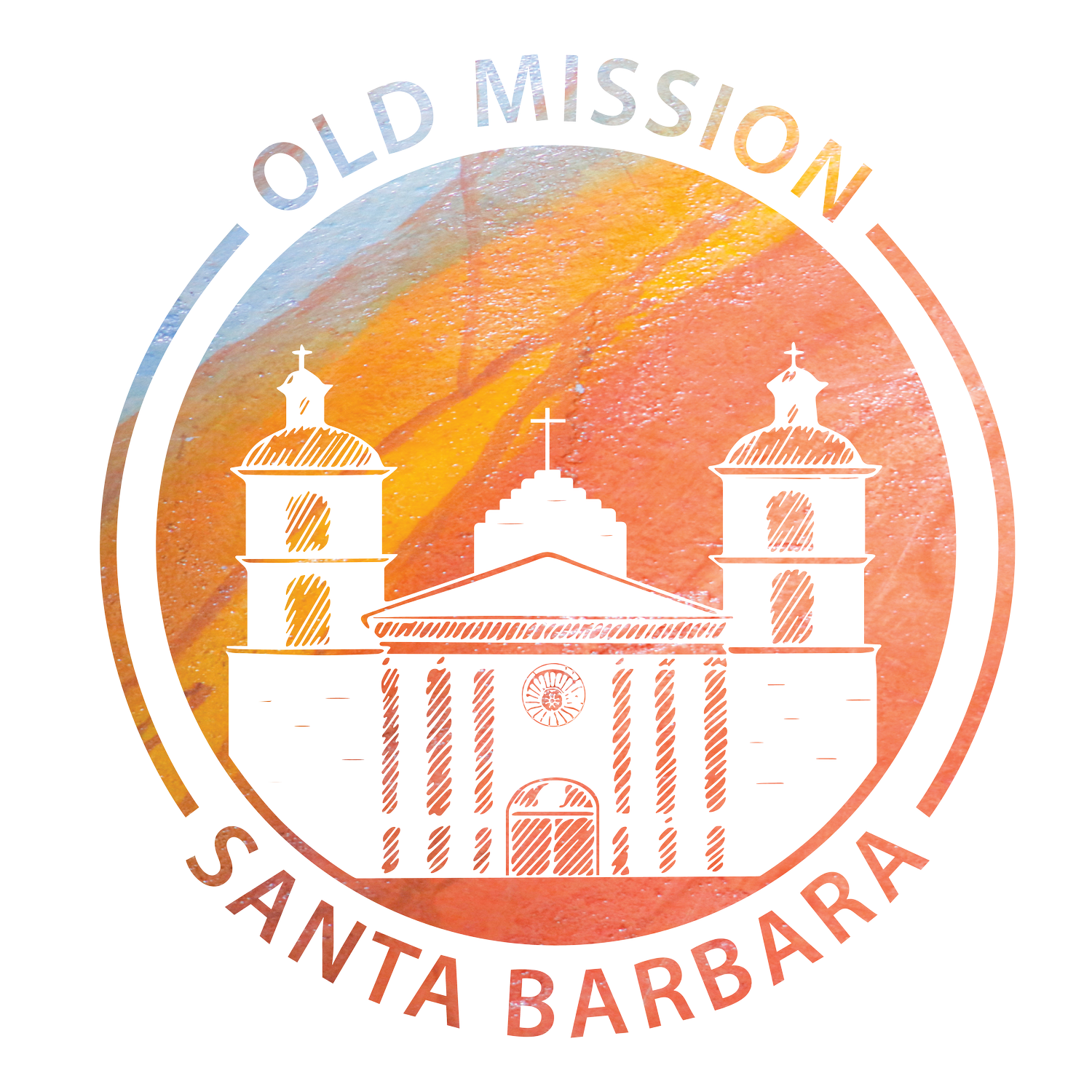Old Mission Santa Barbara Tour:
“The Inside Story”
Mission Water Systems
Critical to the success of a Mission was a steady supply of water for people, animals, crops, and some industries. At Old Mission Santa Barbara, water was supplied through a system of aqueducts and dams designed by the Friars and built by the Chumash in the early 19th century. Two dams were constructed near the headwaters of two water sources, present-day Mission Creek, located in the Botanic gardens and built in 1806, and the other in Rattlesnake Canyon. The walls of both dams as well as miles of aqueducts were made of sandstone. Through gravity, water flowed to reservoirs constructed in 1806 and 1807, and a nearby filter house. The main reservoir could hold 535,000 gallons and was part of the city water system until the 1980s.
Eventually it made its way to the front of the Mission in the lavanderia (washbasin) and fountain which provided fresh clean water for residents of the Mission. The only other Mission lavandería, which survives intact, is at Mission San Luis Rey near Oceanside. The baptized Chumash people who lived in 252 adobe dwellings constructed on what is now the Mission parking lot used the water for bathing and washing clothes. The figure of a Puma, or Mountain Lion, forms the southern spout of the lavandería. The figure of a bear located on the northern end is a modern replica. The original stone figure is on display inside the Mission museum. These animal figures are another example of the influence of Chumash artisans on the Mission aesthetic. The Chumash people living at the Mission would have been familiar with mountain lions and bears from their own tradition and extensive knowledge of the surrounding environment.
Another important water feature is the iconic fountain built in 1808 and located near the lavandería. The design of the fountain reflects the cultural influence of the period of Muslim rule in Iberia (711-1492 AD) and its impact on Spanish architectural designs.
Adobe homes for the baptized Chumash were built to the left of the monastery wing, now the parking lot. Lead craftsmen were housed in wooden structures to the right of the Mission church. Foundations of Chumash housing were found in the late 20th century when developing La Huerta Garden, a living history museum of the plants of Spanish, Alta California 1769-1834. Remnants of the aqueduct are located across Los Olivos Street. Also across the street are the old jail, tanning vats, and reservoir.
While the Mission’s history may have started with the friars and baptized Chumash who lived here, today it serves as a gathering place for a broader community of staff, volunteers, visitors, scholars, Franciscan women and men, and all people of good will.

